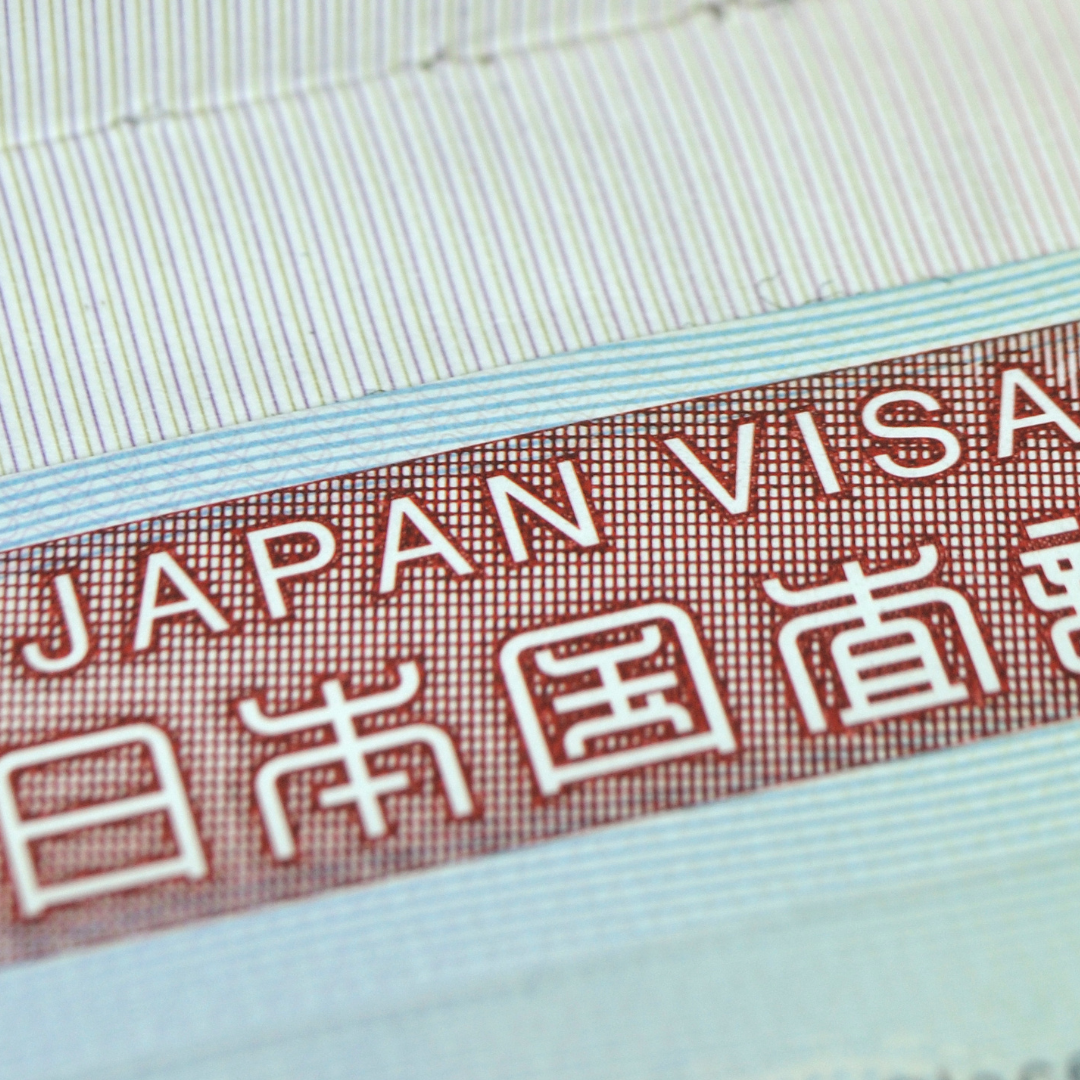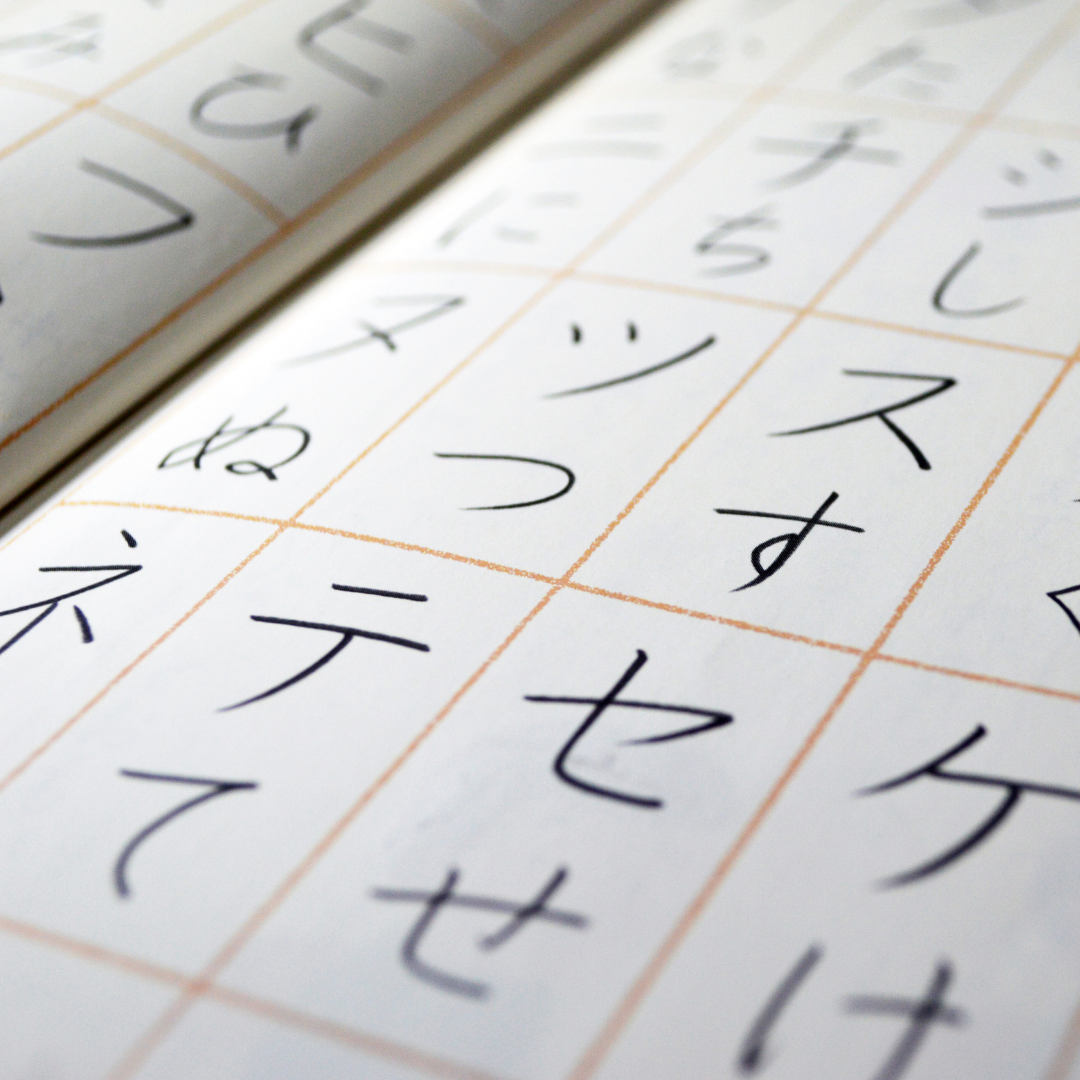Japan Blog
Jun 21, 2024
Timeline to Set Up Your Life in Japan
Preparing for life in Japan involves several key steps, both before and after your arrival. Here’s a summarized list of essential tasks to help you get started:
1. Getting Your Residence Card
A residence card (Zairyu card) is essential for all foreigners living in Japan long-term. This card is required for many tasks on this list, such as getting mobile plans, registering at the ward office, and opening a bank account. You’ll receive your residence card at the airport upon arrival, and the process is straightforward.
WHERE TO Find Accommodation IN JAPAN?
It is recommended to start looking for apartments after receiving your Certificate of Eligibility (COE). DEOW Japan collaborates with several foreigner-friendly accommodation agencies, offering a variety of options at different price ranges:
- XROSS House: Click and fill out the form and their staff will assist you through the whole process instantly.
-
OAKHOUSE: Click and fill out the form to receive a 10,000 yen discount on your first payment. They will contact you to present options based on your preferences.

-

- Share house 180: Click and fill out the form to receive assistance and arrange your accommodation plans.
-

- Nasic: Click and fill out the form to receive assistance and arrange your accommodation plans for private and social apartments in Japan.
-

3. Registering Your Address at the Ward Office
Within 14 days of your arrival in Japan, you must register your address at your local ward office. Bring your passport and residence card. You will fill out a form with your current address and basic information, after which your address will be printed on the backside of your residence card.
4. Registering for Health Insurance
On the same day as registering your address, you can register for health insurance at the ward office. The monthly payment for health insurance depends on your previous year’s income in Japan. As a new student, you will pay a low amount between 1,000 JPY to 2,000 JPY. Your health insurance card will be sent to your address within a week, along with monthly invoices that can be paid at any convenience store. Japan’s health insurance covers 70% of medical expenses, and it is mandatory to carry your health insurance card at all times.
5. Getting a Phone Plan
Although listed here at number 5, getting a SIM card can be done first, even without an address or bank account in Japan, depending on the service provider you choose.
 |
Mobal: Click for our Exclusive DEOW referrals, there is a 10% discount on Voice + Data SIM cards. Offers reliable and cost-effective mobile solutions, including unlimited data plans, free incoming calls and texts, and a Japanese phone number. Mobal SIM cards are compatible with a wide range of unlocked phones and offer hassle-free activation. They also support humanitarian causes, with a portion of profits going to charity projects worldwide.
 |
PicCell: Offers affordable, contract-free plans in over 25 countries. No Japanese address is needed, and you can use our coupon code “deow” for a ¥300 discount. The SIM card can be sent to your home abroad, an address in Japan, or our office.
6. Opening a Bank Account in Japan
You can open a bank account in Japan at any time, preferably while you still have one year left on your visa. Bring your passport, residence card, and telephone number. For new arrivals, “Japan Post Bank” (JP or ゆうちょ銀行) is recommended due to its simple requirements and potential English-speaking staff at larger branches like the one in Shinjuku.
7. Enrolling for Pension
While not immediately necessary, it’s important to understand the pension scheme in Japan. Everyone living in Japan must enroll, and the amount you pay is based on your income. As a student, you typically don’t pay anything in your first year. Afterward, if you don’t have a part-time job, you can apply for an exemption.
By following this timeline, you can smoothly transition into your new life in Japan and ensure all essential tasks are completed.






